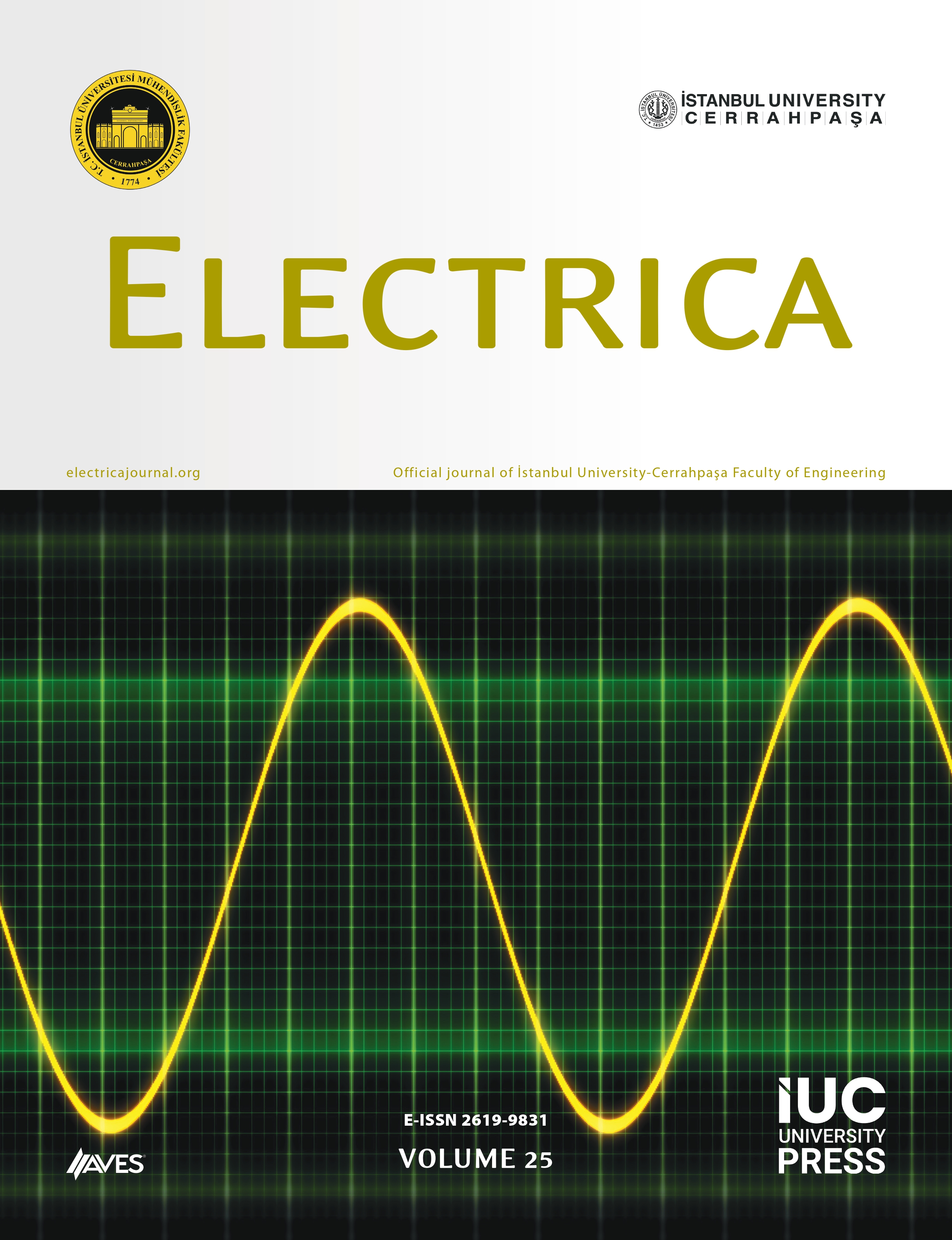This study presents a comparative analysis of five metaheuristic algorithms for optimizing Proportional Integral Derivative (PID) controller parameters in a vehicle cruise control system. The selected algorithms include the Rain Optimization Algorithm (ROA), Student Psychology-Based Optimization (SPBO), Sine Cosine Algorithm (SCA), Gradient-Based Optimization (GBO), and Grey Wolf Optimization (GWO). The PID parameters are optimized using four common performance criteria: Integral Time Absolute Error (ITAE), Integral Absolute Error (IAE), Integral Square Error (ISE), and Integral Time Square Error (ITSE). Unlike conventional tuning methods, metaheuristic approaches provide more flexible and adaptive parameter selection, enhancing the control system's robustness. The study analyses the algorithms under several internal and external disturbances, including road incline, passenger mass, and measurement noise. The findings demonstrate that no singular algorithm is universally superior; instead, efficacy is contingent upon the particular system conditions and control objectives. The Sine Conine Algorithm (SCA) has superior overall performance under typical settings, while GWO attains the quickest response time for slope fluctuations. Conversely, ROA reduces overshoot, rendering it appropriate for applications that necessitate stability. Additionally, the proposed methods are compared with the classical Ziegler-Nichols tuning approach, demonstrating the advantages of metaheuristic algorithms in terms of reduced overshoot, faster settling time, and improved robustness. The findings indicate that the SCA with the ITAE criterion yields superior performance under varying disturbance conditions. However, the fastest system response under different slope conditions is achieved with the parameter values determined by the GWO employing the ITSE criterion. The system model is designed in a MATLAB environment and the detailed comparative results are provided in figures and tables.
Cite this article as: F. Heybetli, Y. Danayiyen, A. Begüm Taşdemir and Ş. Şenyiğit, "Comparative analysis of metaheuristic algorithms in PID-based vehicle cruise control systems," Electrica, 25, 0051, 2025. doi: 10.5152/electrica.2025.24051.



.png)

.png)